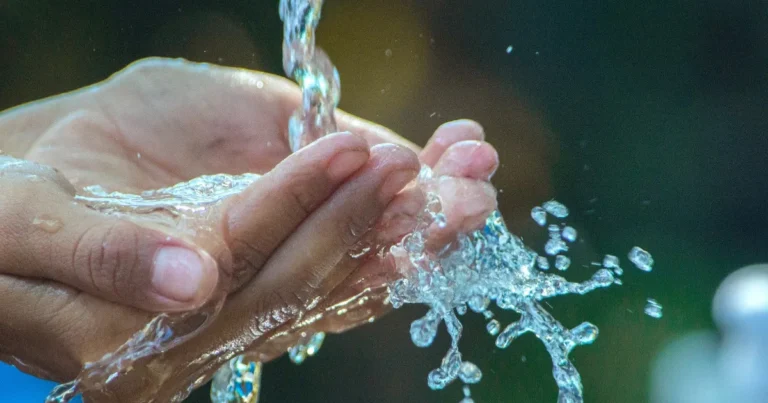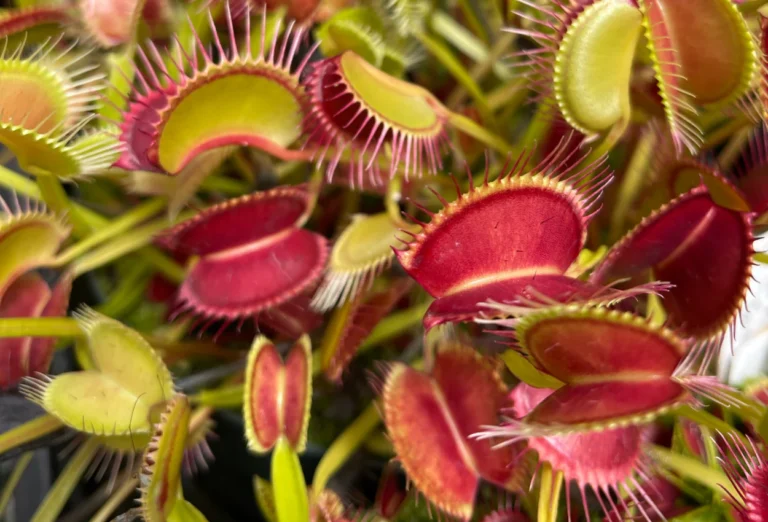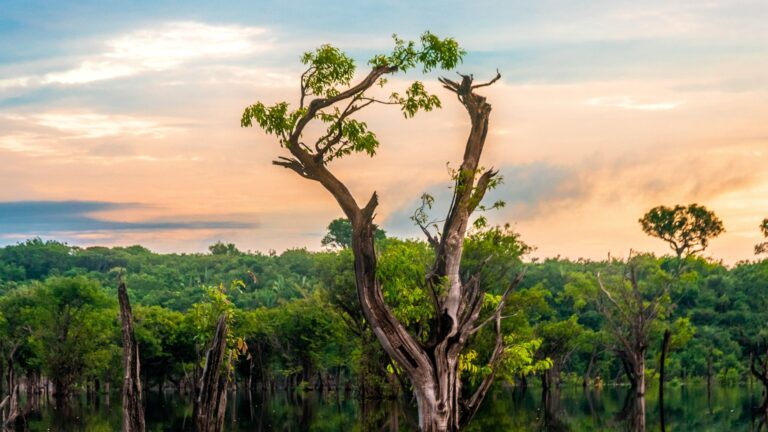Immerse yourself in a captivating journey into the hidden world of Nature’s Masters of Disguise! Our planet is teeming with life that has evolved remarkable strategies to survive, and among these, the art of camouflage stands out as a fascinating spectacle of adaptation. This post aims to guide you through the intriguing realm of camouflaged animals in the wild, revealing the secrets behind their extraordinary survival skills.
For centuries, animals have been playing an unending game of hide-and-seek, blending seamlessly into their surroundings to evade predators or ambush prey. Such elusive creatures, who have become masters in the art of deception, are a testament to the wonders of evolution and adaptation. This exploration delves into the unique and often surreal world of these hidden animals, shedding light on their stealthy existence.
From the spots of a leopard that mimic the dappling of sunlight in the forest, to the insect that perfectly mimics a leaf, the art of camouflage is diverse and stunningly intricate. Each creature has its own unique tale of survival, a product of millions of years of natural selection and evolution, which we will unravel in the subsequent sections of this post.
Prepare yourself for a journey into the hidden lives of some of the world’s most elusive creatures. By the end of this exploration, you will have gained a new-found appreciation for the intricate artistry of Mother Nature’s camouflage. So buckle up for a captivating expedition that promises to be as enlightening as it is awe-inspiring! 🌿🐾
Understanding the Art of Camouflage in Nature
In the field of natural science, camouflage is a survival mechanism employed by a vast range of species, serving as an essential tactic for both predator and prey. It allows animals to blend into their environment, effectively becoming invisible to potential threats or targets. From a technical perspective, camouflage operates on a spectrum of complexity, ranging from simple color matching to intricate patterns that fool the observer’s eye.
At its core, camouflage is an evolutionary response to selective pressures—animals that could hide from danger or sneak up on prey had a greater chance of survival and reproduction. Over countless generations, this led to the refinement of specific traits that make some species almost invisible in their habitats. What’s remarkable is that camouflage doesn’t work the same way for all creatures; instead, it’s shaped by the unique environments in which each organism lives.
In desert regions, for example, many animals exhibit a beige or sandy coloration to blend in with their arid surroundings. Conversely, creatures living in dense forests might sport patterns that mimic the dappled light filtering through the trees. The effectiveness of camouflage depends not only on color and pattern but also on behavior. A well-camouflaged animal that moves at the wrong moment can still give away its position. Thus, many camouflaged species have evolved to remain completely still when threatened, further enhancing their disguise.
Another fascinating aspect of natural camouflage is seasonal variation. Some animals, like the arctic hare or the ptarmigan, change the color of their fur or feathers depending on the time of year. In the snowy winter months, they turn white to blend with the snow, and as the snow melts, they transition to browner hues to match the thawed landscape. This remarkable ability to adapt to seasonal changes ensures year-round protection from predators.
Camouflage can also be dynamic and responsive. Certain species, like chameleons or cephalopods such as octopuses and cuttlefish, possess specialized skin cells called chromatophores that allow them to alter their color and texture almost instantly. This type of active camouflage enables them not only to evade predators but also to communicate with others of their species or express aggression.
Ultimately, the art of camouflage showcases the incredible diversity and ingenuity of nature’s designs. Whether through color, pattern, texture, or behavior, animals across the globe continue to evolve remarkable strategies for remaining unseen, revealing an endless tapestry of adaptation shaped by their environment.
Principles of Natural Camouflage
There are three primary strategies in natural camouflage: crypsis, mimicry, and disruptive coloration. Each strategy plays a unique role in helping animals avoid predators or effectively hunt prey by exploiting different aspects of their environment.
Crypsis is perhaps the most straightforward form of camouflage, where an animal blends into the background or surrounding environment. This strategy works by making the animal hard to detect by predators or prey, as it shares colors, patterns, or textures with its habitat. For example, some species of moths and fish have body colors that perfectly match the color of tree bark, leaves, or the ocean floor. These animals can remain hidden even when predators or prey are in close proximity, relying on their environment to make them nearly invisible.
Mimicry, on the other hand, is a more specialized form of camouflage where an animal resembles another object or creature. It involves copying the appearance of something else in the environment, often for a specific purpose. For example, the viceroy butterfly mimics the monarch butterfly, which is distasteful and toxic to predators. By resembling the monarch, the viceroy gains a survival advantage, as predators avoid eating it, thinking it is toxic as well. Another example is the leaf-tailed gecko, which mimics dead leaves to avoid detection. Mimicry can also extend beyond physical appearance to behaviors, such as the anglerfish using a lure that resembles a worm to attract prey.
Disruptive coloration is a camouflage technique where an animal uses bold patterns or contrasting colors to break up its shape, making it difficult for predators or prey to recognize it. This strategy works by creating visual confusion, making it harder to discern the animal’s true outline. For example, zebras have black-and-white stripes that confuse predators by making it hard to see where one animal ends and the next one begins. Similarly, some species of fish and amphibians have spot patterns that make them hard to pick out among rocks, plants, or other textures in their habitat. Disruptive coloration can help animals blend in with patterns in their surroundings, even in environments that lack uniformity.
Together, these three strategies demonstrate the vast and diverse ways animals have evolved to survive and thrive in their environments. Each strategy highlights the complex relationship between an animal and its habitat, showcasing nature’s ability to create masterful adaptations for survival.
Masterful Examples of Camouflage in the Wild
In the wild, various animals employ the strategies of camouflage—crypsis, mimicry, and disruptive coloration—in remarkably clever and diverse ways. These adaptations have evolved over millions of years, allowing animals to survive in even the harshest environments by hiding in plain sight or deceiving predators and prey.

One of the most fascinating examples of camouflage is the leaf-tailed gecko, native to Madagascar. This reptile has an incredibly flattened body and a tail that mimics a dead leaf, complete with notches, veins, and discoloration. Its skin color and texture blend seamlessly with the forest floor, making it nearly impossible to spot when motionless. This is a textbook case of crypsis, allowing the gecko to avoid predators while it remains still during the day.
Another stunning example is the snow leopard, which uses both crypsis and disruptive coloration to blend into its mountainous habitat. Its thick, smoky-gray fur patterned with rosettes and spots mirrors the texture and coloration of rocks and snow-covered terrain. This not only allows the snow leopard to stalk prey unnoticed but also to avoid being seen by potential threats.
In the insect world, the stick insect is a master of mimicry. Its body mimics twigs or branches so convincingly that it can rest for hours without being detected, even by the most attentive predator. Some species even sway gently as if being blown by the wind, further enhancing their disguise.
Cuttlefish, on the other hand, are marine masters of camouflage. These mollusks can instantaneously change the color, pattern, and even texture of their skin to mimic their surroundings or communicate with other cuttlefish. They use a complex system of chromatophores, iridophores, and leucophores—specialized skin cells that manipulate light. This incredible ability allows them to evade predators or ambush prey with incredible efficiency.
Among birds, the common potoo, native to Central and South America, exemplifies camouflage through crypsis. By day, it perches motionless on tree stumps or branches, closing its eyes to thin slits and aligning its body posture with the wood’s texture. Its mottled plumage blends so well with tree bark that it is often overlooked, even at close range.
Even marine life displays incredible camouflage abilities. The leafy sea dragon, found along the southern and western coasts of Australia, resembles a floating piece of seaweed. Covered in leaf-like appendages, it drifts slowly through kelp forests, evading predators by looking like part of the vegetation.
These examples showcase the incredible ingenuity of evolution and how nature continually develops astonishing ways to promote survival. Whether it’s the snowy peaks of Asia, the coral reefs of Australia, or the forests of Madagascar, camouflage remains one of nature’s most brilliant survival tools—crafted over time with stunning precision and complexity.
The Cuttlefish: The Chameleon of the Sea
The cuttlefish is one of nature’s most masterful camouflagers. It can change its skin color and pattern within seconds to match its surroundings, thanks to a network of pigment cells and specialized muscles in its skin. This rapid transformation allows the cuttlefish to elude predators and surprise prey.
The Stick Insect: A Living Twig
The stick insect is another exceptional example of camouflage. As the name implies, these insects look like twigs or branches, providing an effective defense against predators. Some species have even developed wings that resemble leaves, enhancing their disguise.
The Snow Leopard: An Invisible Hunter
The snow leopard’s camouflage is a fascinating blend of crypsis and disruptive coloration. Its white-gray coat matches the rocky, snowy landscapes of Central Asia, while its black spots break up its body shape, making it difficult to spot.
Camouflage: A Key Driver of Evolution
The development of camouflage is a testament to the power of evolution. Predators and prey alike have evolved specific traits that aid in their survival, and these traits can offer a deep insight into the intricacies of natural selection.
Evolutionary Impact on Prey
For prey animals, the effectiveness of their camouflage can mean the difference between life and death. Species that can hide effectively from predators have a better chance of surviving to reproduce, passing on their successful camouflage genes to the next generation.
Evolutionary Impact on Predators
For predators, the story is much the same. The better a predator can hide from its prey, the more successful it will be at hunting, and the more likely it is to pass on its genes. In some cases, the development of camouflage can even drive the evolution of new hunting or defense strategies.
Technology Inspired by Natural Camouflage
The power of natural camouflage has not gone unnoticed by humans. From a technical perspective, it has the potential to inspire a wide range of innovations, from military technology to computer graphics.
Military Applications
- The military has long used camouflage patterns to disguise soldiers and equipment. More recent developments include materials that can change color or pattern, much like a cuttlefish.
- Unmanned aerial vehicles (UAVs), or drones, are often painted with disruptive coloration to make them harder to spot against the sky.
Computer Graphics and Design
In the field of computer graphics, principles of natural camouflage have inspired new techniques for texture generation and 3D modeling. These techniques can make virtual environments more realistic, enhancing the user’s experience.
Conclusão
In the fascinating realm of nature, camouflage stands as a testament to the ceaseless struggle for survival. From the tiniest insects to the largest mammals, the art of disguise permeates through every level of the animal kingdom. The strategy of blending in with the environment not only gives these animals an edge in eluding predators but also provides a lethal advantage in launching surprise attacks on their prey.
Animals utilize their surroundings, employing a dynamic array of patterns, colors, and textures to deceive the eye. The mastery of camouflage, a science and an art, is an evolutionary marvel that has allowed numerous species to thrive in the wild, proving nature’s ingenuity in adapting to diverse habitats.
Through the exploration of these Masters of Disguise, we gain an increased appreciation for the depth of biodiversity and the intricate balance that sustains life on our planet. As we continue to discover and understand these captivating phenomena, it underscores the importance of preserving these habitats and the unique creatures that inhabit them.
In conclusion, the world of camouflaged animals in the wild is a testament to nature’s resilience and creativity. It serves as a powerful reminder that life, in all its forms, is intricately interconnected and perpetually evolving in response to its environment.



